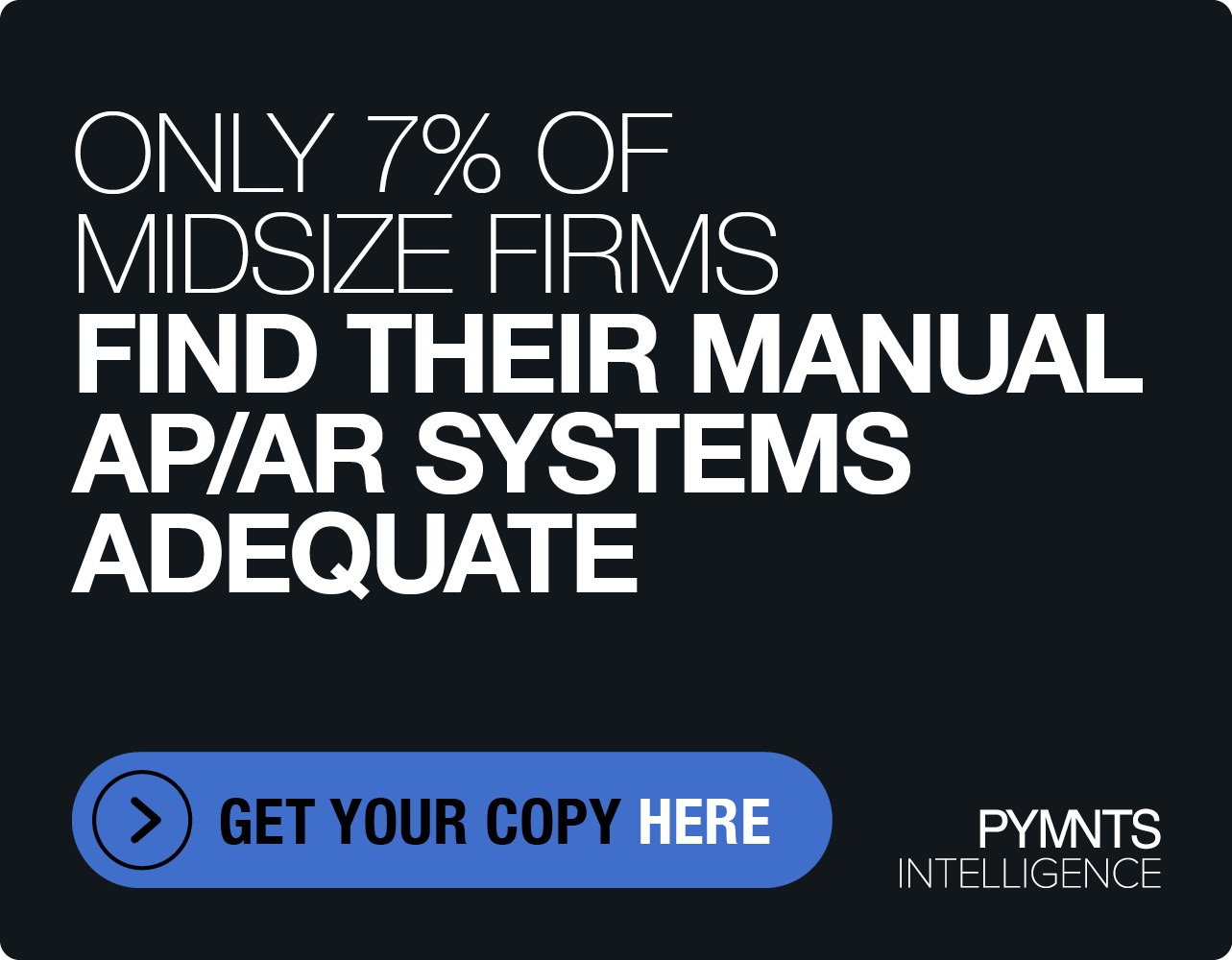Visa Explores How CUs Can Engage And Retain Millennial Talent

Millennials are a tough generation to recruit. Nearly two-thirds are open to new career opportunities, while one in five has changed jobs in the past year. Millennials want jobs that are mission-driven, says Doug Leighton, head of U.S. community accounts at Visa. That, he believes, puts credit unions at a recruitment advantage. In the latest Credit Union Tracker™, Leighton tells PYMNTS how the company’s research initiative is helping CUs to win the war for millennial talent.
Getting the millennial generation to commit to a job is often a tall order.
Recent research from market analysis firm Gallup indicates that just 29 percent of millennials are engaged with their current employers, 60 percent are open to new job opportunities and 21 percent have changed jobs within the past year.
Credit unions (CUs) are currently working to attract and retain younger talent, and they’re hoping millennials are open to new opportunities in the financial field. Payments processor Visa, which has partnered with several CUs, recently launched a pair of research initiatives to establish a “talent pipeline” for the industry. The solution is designed to help credit unions better understand potential employees and encourage more millennials to pursue CU careers.
Visa is partnering with credit union-focused think tank Filene Research Institute on the initiatives. The pair plans to study talent gaps in the CU market, offer industry leaders strategies to recruit more millennials and help credit unions identify traits they value in future leaders.
For deeper insights on the collaborative initiative, PYMNTS spoke with Doug Leighton, head of U.S. community accounts at Visa, who explained the challenges and opportunities credit unions face in the competition for millennial talent.
The Millennial Mission
The latest figures from the Bureau of Labor Statistics (BLS) indicate the CU industry employs 269,000 people nationwide, a population with a median age of 40. Like most industries, the credit union market needs to recruit new talent if it wants to expand and stay innovative.
While recent data suggests most millennials are open to pursuing jobs with different companies, Leighton believes credit unions have an advantage when it comes to retaining the generation’s workers.
“One of the things you find with millennials is they like, with their career choices, to work with organizations that are mission-driven,” he said.
A recent Deloitte survey supports that notion, with approximately two-thirds of millennials telling researchers they chose to work for a current employer because it was “purpose-driven.” The same survey found that fewer millennials believe companies should be profit-focused.
Credit unions have opportunities on both fronts when it comes to attracting millennial talent, Leighton noted. That’s because unlike most banks, credit unions are not profit-driven.
“Credit unions fit that bill as a mission-driven organization dedicated to serving their members and their communities,” he said.
Selling the Credit Union Culture
Just because CUs are largely mission- and member-driven does not mean they can expect millennials to apply for career opportunities en masse. The industry still needs to do a better job of raising its profile to potential candidates, Leighton explained.
“The thing that is challenging to credit unions is that they are somewhat of a secret,” he added.
That challenge is one of the key missions behind Visa’s research collaboration with the Filene Research Institute. The initiative will build off research by University of Texas, Austin assistant professor of management Y. Sekou Bermiss, Ph.D., who noted that many applicants consider their sense of pride, personal values and whether an organization treats its employees well when deciding where to work.
To win over millennial job seekers, then, it’s important for credit unions to highlight their work environments in their recruitment efforts. That means training human resources professionals and recruiters on the best practices to use when pitching their companies to millennial talent. That process might include emphasizing work culture, company mission and work-life balance – all factors millennials heavily consider when looking for career opportunities.
Candidates who pursue careers with credit unions often make lifelong commitments, after all.
“Once people discover credit unions, you see they tend to stay and develop their career within the credit union movement,” Leighton said. “Not necessarily with [just] one [institution], but maybe moving from [one] credit union and taking a promotion with the next credit union.”
Leighton acknowledged it can be difficult for CUs to compete for talent, especially as other companies – including giants like Google, Amazon and emerging FinTechs – are tapping into the same talent pool, typically boasting higher profiles and generating more headlines and buzz.
But credit unions can stand apart from the crowd by pitching their mission and culture, he added. Their offered business structure could be appealing to millennials because it is distinct from other work environments.
“Credit unions are not-for-profit associations, which means sometimes they can make decisions in a particular manner that an organization in startup mode or a profit-maximizing mode may make differently,” Leighton said.
Updating CU Boards
Visa’s work with Filene will encourage CU leadership to consider the traits they want from their candidates, and to examine how these traits are reflected in the makeup of their organizations’ boards. Taking a fresh look at a board’s composition could pay long-term dividends, energize more millennials to join their ranks and encourage them to pursue leadership positions within these organizations.
Many credit union board members join as volunteers and stay in these roles for years at a time, Leighton said. While he described this trend as largely positive, he also noted that having the same board members in place for years or decades can stifle innovation. Inviting board-level changes to more accurately reflect CU membership may encourage credit unions to explore and implement new services and innovations.
“While you appreciate the service that board members have given over that time, you also need to make sure that you bring in new ideas and have a board that reflects [the credit union’s] membership,” Leighton said.
A board of directors that is reflective of membership and the type of employees the organization seeks will help CUs to innovate and consider new perspectives, he added.
“It also helps with the recruitment of top talent, because you have a board that has a diversity of thought, opinions and experiences,” Leighton explained. “Those then translate into the credit union and the workforce itself.”
Visa and young credit union professional community The Cooperative Trust recently launched a mentorship program encouraging young people to consider CU leadership roles. As part of the program, Visa invited 78 program participants – known as “crashers” – to the CUNA Governmental Affairs Conference earlier this month. There, the crashers were able to listen and engage in conversations related to the future of the credit union market.
To stay competitive in the financial services sector, it’s imperative that credit unions adapt to the changing attitudes and expectations of the growing millennial talent pool, Leighton said. While these young employees appear to be mission-driven, it falls to CUs to effectively promote their organizations as places where job seekers can enjoy rewarding careers.
The good news for credit unions? While encouraging millennials to commit to a career can be challenging, these organizations largely hold a mission-driven focus – and that mission can be a meaningful weapon in the race for millennial talent.

